Interviews with Experts
Unleash Nature’s Guardians: How to Employ Beneficial Insects for Tree Pest Management
You’ve tried every pesticide under the sun, but those pesky tree pests just won’t go away. Have you considered employing nature’s own pest control team?
Beneficial insects can be a powerful ally in managing tree pests, and knowing how to harness their abilities could be the key to a healthier, pest-free environment for your trees.
But it’s not as simple as just releasing any insect into the wild – there’s a method to this natural approach.
So, how exactly can you employ beneficial insects for effective tree pest management?
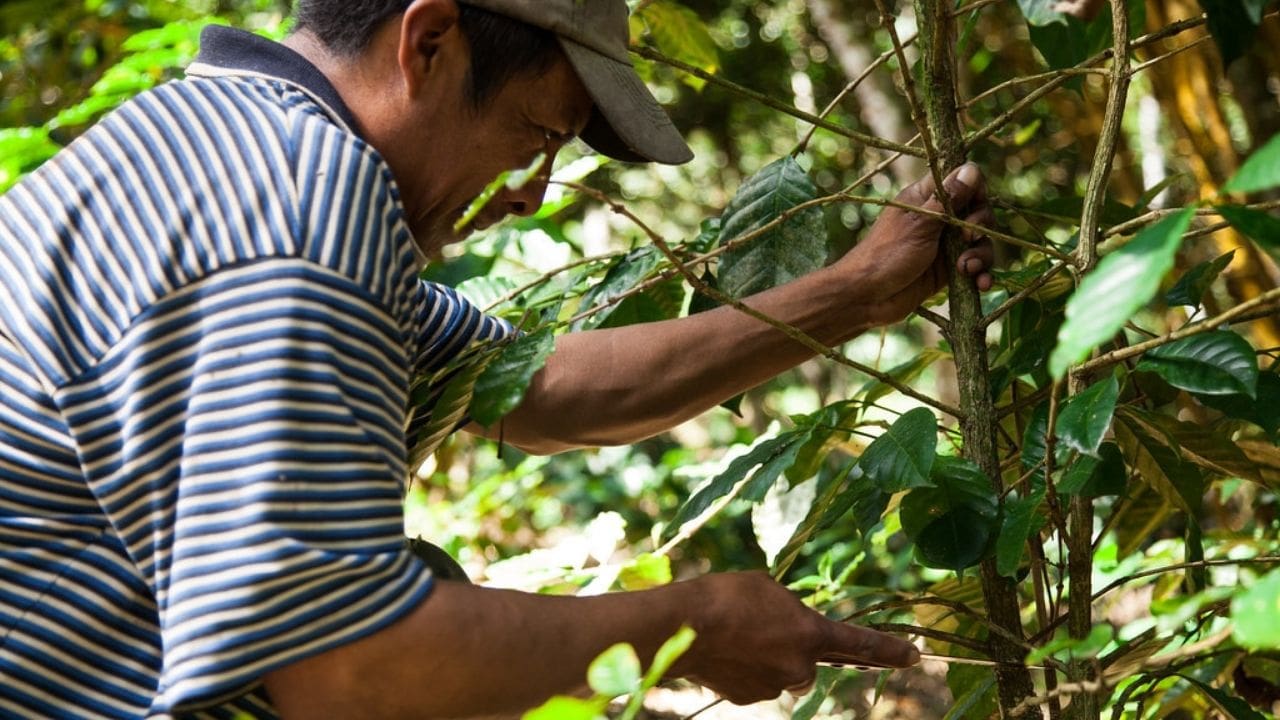

Key Takeaways
- Accurately identify the specific pest species affecting your trees and research their life cycle and natural enemies for effective pest management.
- Source high-quality beneficial insects from reputable suppliers and ensure they are healthy and of the appropriate species to promote tree ecosystem health.
- Release beneficial insects at optimal timing aligned with peak pest activity and consider environmental conditions like temperature and humidity for success.
- Assess the target pest’s life stage and release beneficial insects accordingly to enhance effectiveness, prevent further damage, and disrupt pest population growth. Clearing and maintaining the tree area by removing debris and potential pest habitats also promotes a healthy and pest-resistant tree environment.
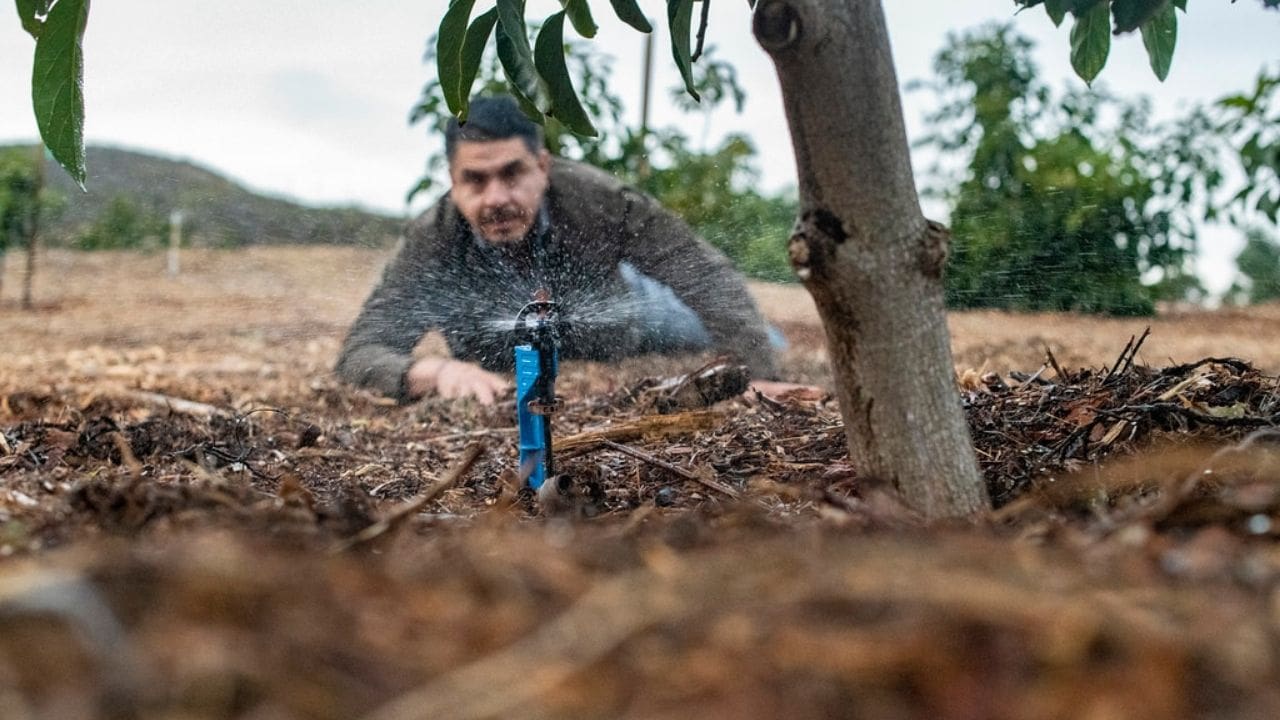

Identify the Pest
To effectively manage tree pests using beneficial insects, you must first accurately identify the specific pest species affecting your trees. Identifying the pest is crucial in implementing an effective pest management strategy.
Start by examining the leaves, branches, and trunk of the trees for any signs of pest infestation, such as visible pests, eggs, larvae, or feeding damage. Use reputable resources, such as extension services, entomologists, or online pest identification guides, to help you accurately identify the pest species.
Some common tree pests include aphids, scales, caterpillars, and beetles, each with unique characteristics and behaviors.
Once you have identified the pest species, research their life cycle, behavior, and natural enemies to determine which beneficial insects are most suitable for controlling them.
It’s important to note that accurately identifying the pest will enable you to choose the most appropriate beneficial insects and minimize the use of chemical pesticides, promoting a safer and more sustainable pest management approach for your trees.
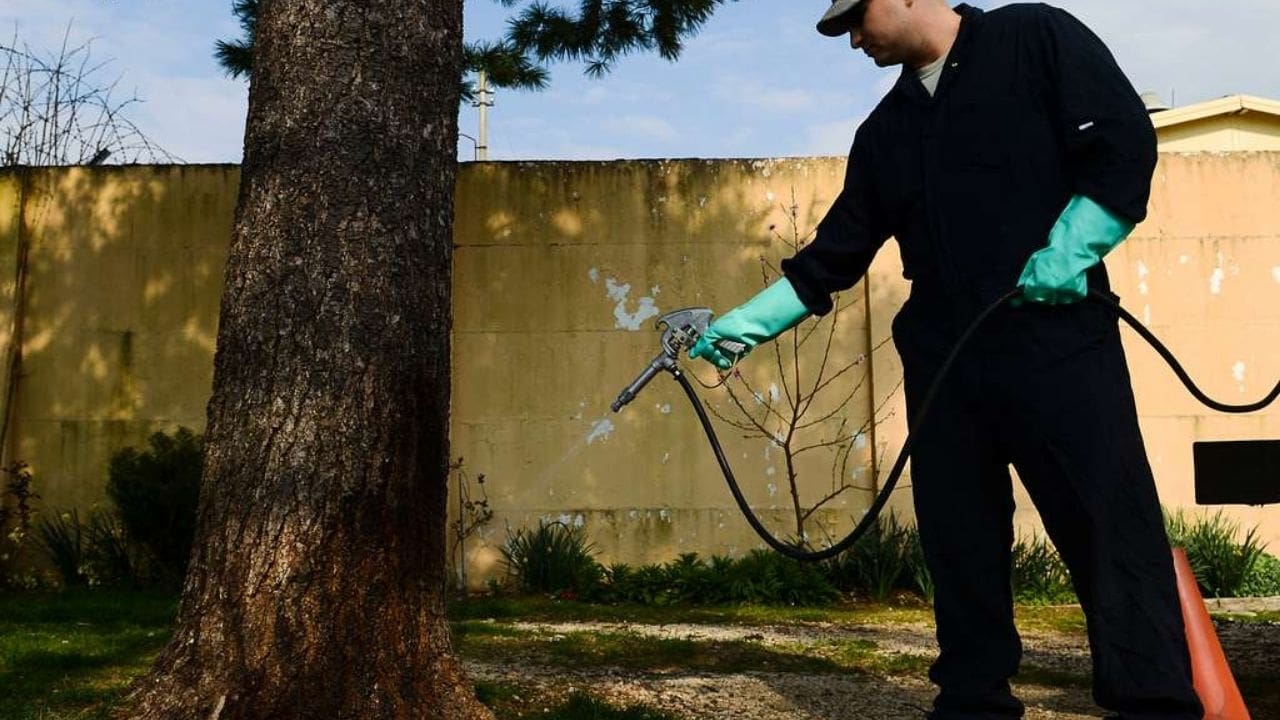

Research Beneficial Insects
After accurately identifying the specific pest species affecting your trees, you can proceed to research beneficial insects that are most suitable for controlling them. Researching beneficial insects is crucial for effective pest management.
Here are three key steps to guide your research:
- Identify Target Pests: Determine the specific pests infesting your trees, such as aphids, caterpillars, or scale insects. Understanding the lifecycle and behavior of the pests will help you select the most appropriate beneficial insects for control.
- Match Beneficial Insects: Research and identify beneficial insects that prey on or parasitize the target pests. Ladybugs, lacewings, and parasitic wasps are examples of beneficial insects that can provide effective biological control.
- Consider Environmental Factors: Take into account the local climate, tree species, and surrounding ecosystem when selecting beneficial insects. Certain species may be more effective in specific environments, so it’s important to consider these factors during your research.
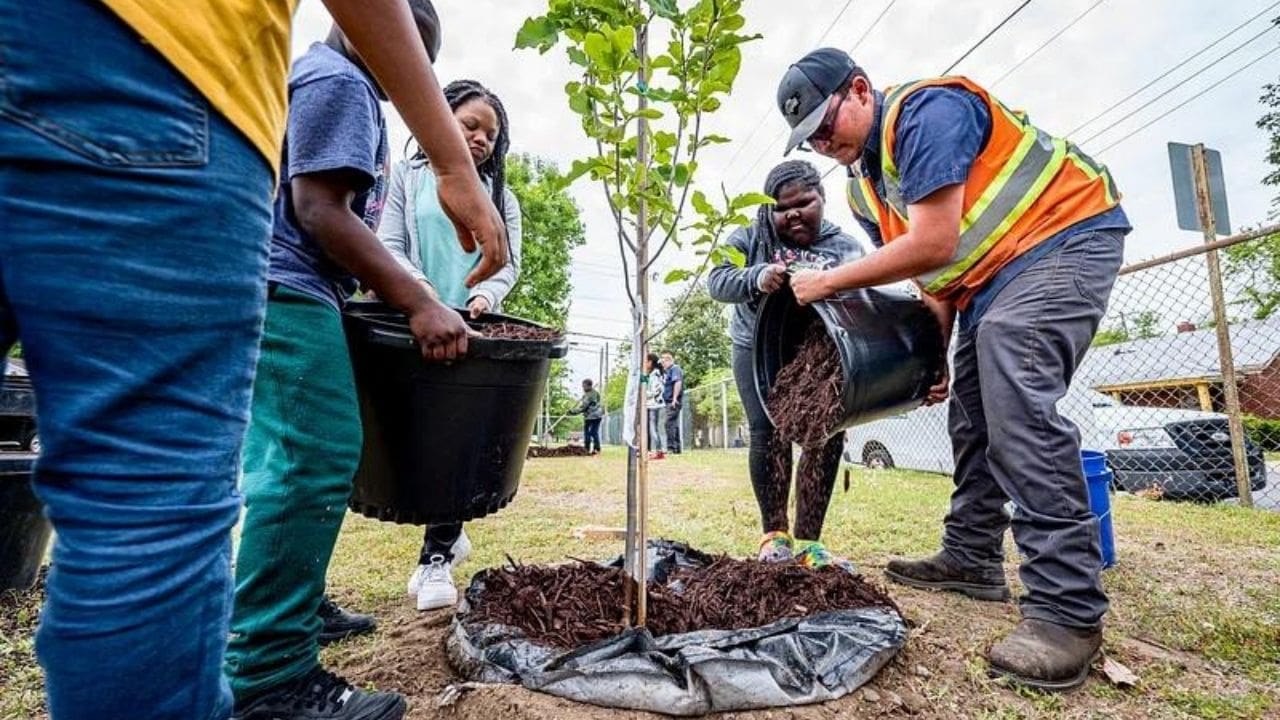

Source Quality Insects
You can ensure the effectiveness of your pest management strategy by sourcing high-quality beneficial insects from reputable suppliers or conservation organizations. High-quality beneficial insects are essential for successful pest management. When sourcing these insects, it’s crucial to ensure that they’re healthy, disease-free, and of the appropriate species for the targeted pest. Reputable suppliers and conservation organizations often provide detailed information about the insects they offer, including their origin, health status, and compatibility with specific pest management strategies.
Select suppliers or organizations that adhere to strict quality control measures, such as regular health screenings and proper handling protocols. This ensures that the insects you receive are free from harmful pathogens or chemicals that could inadvertently harm your trees or the environment. Additionally, reputable sources are more likely to provide accurate species identification and ensure that the insects are suitable for the local ecosystem, reducing the risk of introducing invasive species.
Consider seeking recommendations from local agricultural extension offices, arborists, or experienced growers to identify trustworthy sources of high-quality beneficial insects. By carefully selecting your insect sources, you can minimize the risks associated with pest management and contribute to the health and balance of your tree ecosystem.
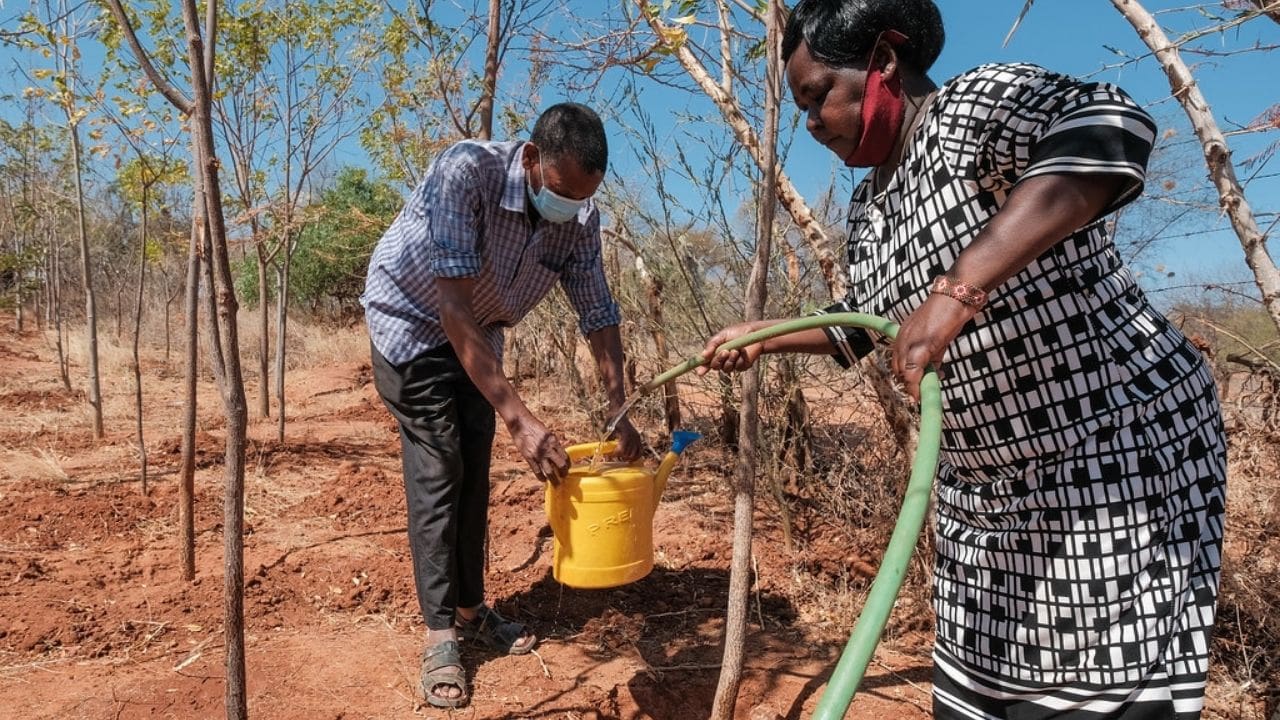

Choose the Right Release Time
To ensure the effectiveness of beneficial insects for tree pest management, it’s crucial to choose the right release time. Optimal release timing should align with the peak activity of the target pest and favorable environmental conditions. Understanding the life stage of the target pest is also essential for determining the most beneficial release time.
By releasing beneficial insects at the right time, when the target pest is most vulnerable and active, the chances of successful pest control are greatly improved. This is because beneficial insects rely on the presence of pests to survive and reproduce. Releasing them when the target pest is at its peak activity ensures that the beneficial insects have a sufficient food source and are able to establish themselves in the area.
In addition to the timing of the release, favorable environmental conditions also play a critical role in the effectiveness of beneficial insects. Factors such as temperature, humidity, and sunlight can greatly impact the survival and activity of these insects. Therefore, it’s important to consider the specific requirements of the beneficial insects being released and choose a time when the environmental conditions are most conducive to their success.
Understanding the life stage of the target pest is another crucial aspect to consider when determining the best release time for beneficial insects. Different pests go through various life stages, such as egg, larva, pupa, and adult. The effectiveness of beneficial insects can vary depending on the life stage of the target pest. For example, releasing beneficial insects at the egg stage may prevent the pests from reaching later, more damaging stages.
Optimal Release Timing
Choosing the appropriate time for releasing beneficial insects is crucial for effective tree pest management. Optimal release timing ensures that beneficial insects are active when pests are most vulnerable, maximizing their impact. Here are three key considerations for timing the release of beneficial insects:
- Pest Life Cycle: Release beneficial insects when the target pest is in the vulnerable stage of its life cycle, such as eggs or early instar larvae.
- Weather Conditions: Consider weather factors like temperature and humidity, as these can affect the activity and survival of beneficial insects post-release.
- Crop Growth Stage: Coordinate the release with the growth stage of the trees to ensure that the beneficial insects have access to the pest-infested areas.
Environmental Conditions
Considering the pivotal role of optimal release timing discussed in the previous subtopic, it’s imperative to carefully assess the environmental conditions to choose the right time for releasing beneficial insects for effective tree pest management.
Environmental conditions such as temperature, humidity, and the presence of natural predators can significantly impact the success of beneficial insect release.
Before releasing beneficial insects, ensure that the environmental conditions are within the suitable range for the specific insects being deployed. For instance, some beneficial insects thrive in warm temperatures, while others are more effective in cooler conditions.
Additionally, consider the time of day for release, as some beneficial insects are more active during certain times.
Target Pest Life Stage
When determining the right time for releasing beneficial insects to manage tree pests, it’s crucial to assess the target pest life stage. This step is vital in ensuring the effectiveness of the beneficial insects in controlling the pest population.
Here’s what you need to consider:
- Egg Stage: Releasing beneficial insects during the egg stage of the pest can prevent further population growth.
- Larval Stage: Deploying beneficial insects when the pest is in the larval stage can help contain the infestation before it causes significant damage.
- Adult Stage: Introducing beneficial insects when the pests are in their adult stage can disrupt mating and egg-laying, reducing the next generation’s population.
Understanding the target pest’s life stage is essential for maximizing the impact of beneficial insects while minimizing the use of chemical pesticides, promoting a safer and more environmentally friendly approach to pest management.
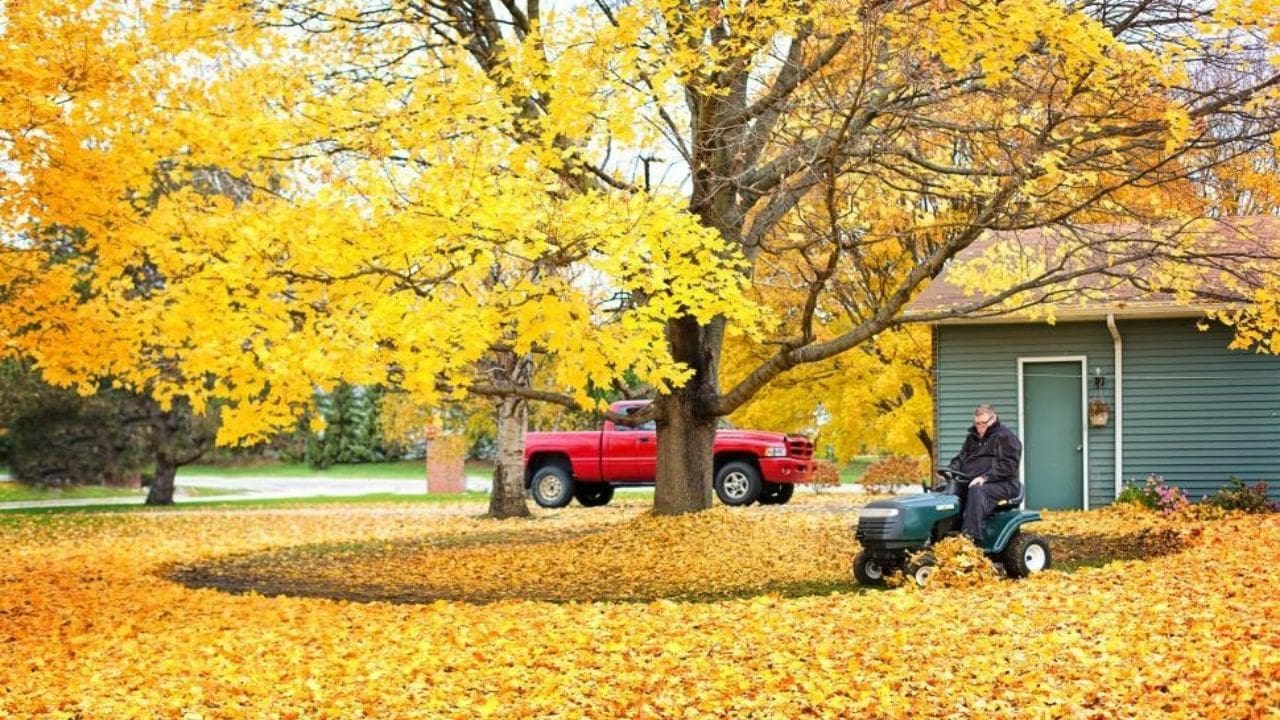

Prepare the Tree Area
Before releasing beneficial insects, clear the tree area of any debris and ensure that there are no existing pest infestations.
This will create a suitable environment for the beneficial insects to thrive and effectively manage pest populations.
Be thorough in inspecting the tree area to address any potential obstacles that may hinder the success of the beneficial insects.
Clear Tree Area
To prepare the tree area for beneficial insect management, thoroughly clear any debris, dead vegetation, and other potential hiding places for pests. This is crucial to create an environment where beneficial insects can thrive and effectively control tree pests. Here’s how to clear the tree area effectively:
- Remove fallen leaves, twigs, and branches from the base of the tree.
- Prune away any dead or diseased branches to eliminate potential pest habitats.
- Keep the area around the tree free from excessive mulch or ground cover that can harbor pests.
Remove Debris
After clearing the tree area of debris and potential pest habitats, the next step in preparing for beneficial insect management is to remove any remaining dead vegetation and detritus that could harbor pests.
Dead leaves, branches, and decaying plant matter provide ideal breeding grounds for harmful pests, thus it’s crucial to eliminate these potential pest habitats. Use pruners to trim and remove dead or diseased branches, ensuring that they’re disposed of properly.
Rake and remove fallen leaves and any other organic debris from the tree’s vicinity. By removing these potential pest shelters, you create an environment that encourages the presence and effectiveness of beneficial insects in managing tree pests.
This preparation step is essential for promoting a healthy and pest-resistant tree environment.
Check for Pests
Inspect the tree and surrounding area for any signs of pest activity, such as chewed leaves, webbing, or unusual discoloration, to effectively prepare for pest management using beneficial insects. When checking for pests, follow these steps to ensure a thorough inspection:
- Leaf Damage: Look for leaves with irregular edges, holes, or skeletonized appearance, which may indicate feeding by pests like caterpillars or beetles.
- Trunk and Branches: Examine the trunk and branches for signs of boring insects, such as small holes or sawdust-like frass at the base of the tree.
- Soil and Roots: Check the soil for signs of root damage or disturbance, such as wilting foliage, dieback, or unusual mounding of soil around the base of the tree.
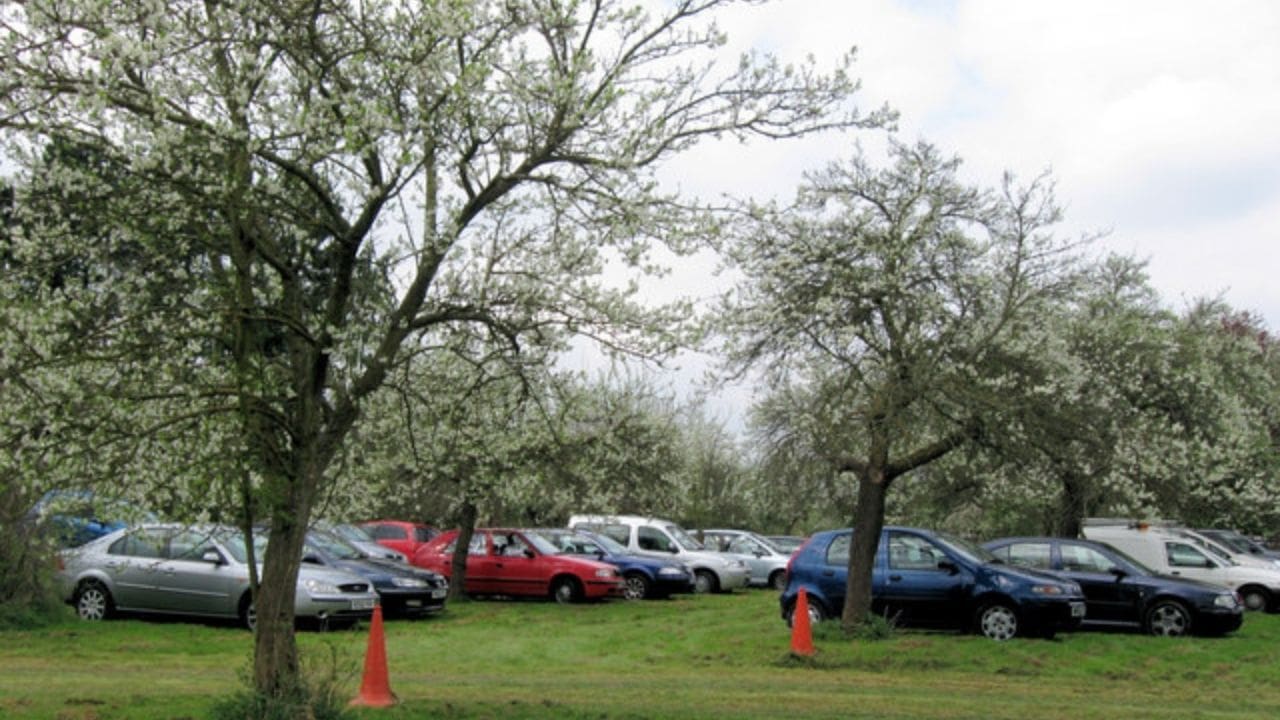

Release Insects Near Affected Area
When releasing beneficial insects near affected areas, ensure proper timing and distribution to maximize their impact on pest populations. Timing is crucial to ensure that the beneficial insects are released when the pest population is at its most vulnerable stage. This may vary depending on the specific pest and beneficial insect species. Research the life cycle of the pest and the beneficial insect to determine the optimal timing for release.
Proper distribution of beneficial insects is essential to ensure that they effectively target the pest populations. Consider the size of the affected area and the mobility of the beneficial insects. Ensure that the release is evenly spread throughout the affected area to increase the likelihood of pest control.
When releasing the beneficial insects, take into account environmental factors such as temperature, wind, and humidity. These factors can impact the behavior and effectiveness of the beneficial insects. Additionally, consider the safety of humans and non-target organisms when releasing beneficial insects, and follow all safety guidelines provided with the insects to minimize any potential risks.
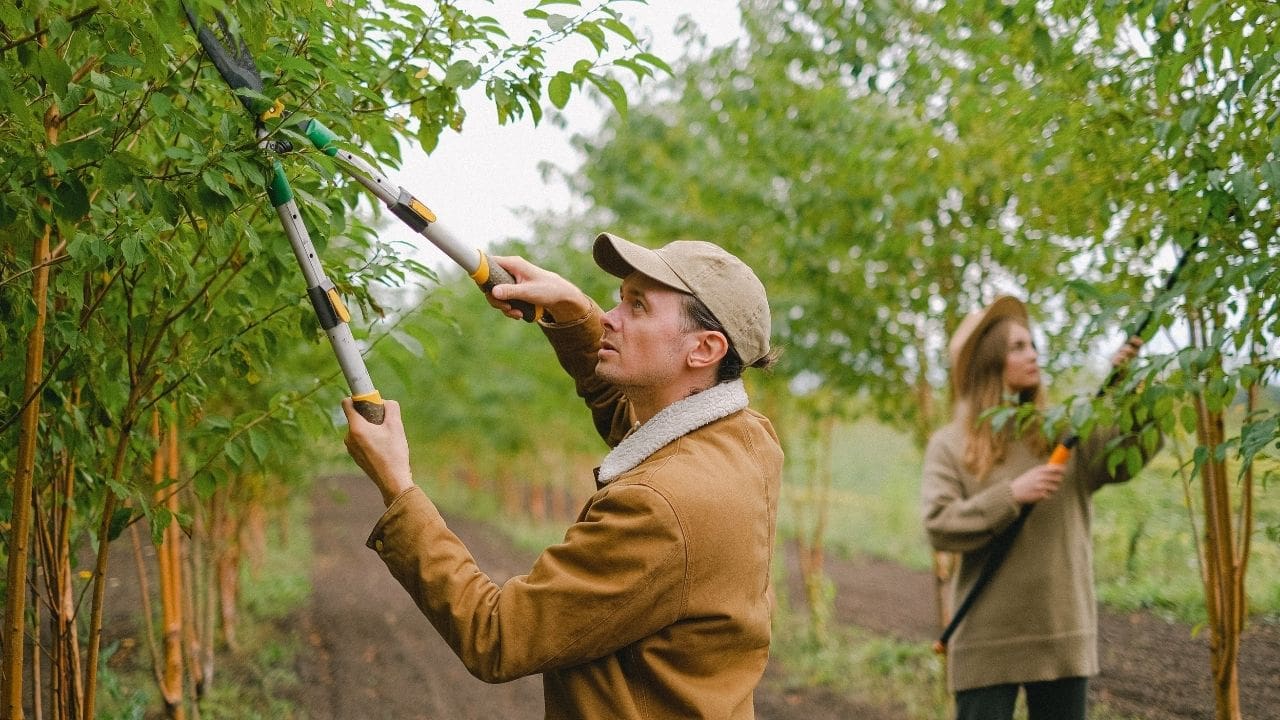

Provide Water Sources
To support the survival and effectiveness of beneficial insects, ensure that adequate water sources are available in the vicinity of their release. Providing water sources is crucial for enhancing the establishment and persistence of beneficial insects in the targeted area. Here are some key considerations to ensure that water sources are available for the beneficial insects:
- Drip irrigation: Install drip irrigation systems near the release area to provide a consistent and accessible water source for the beneficial insects. Drip irrigation delivers water directly to the root zone of plants, minimizing water loss due to evaporation and ensuring that the beneficial insects have access to water when needed.
- Shallow dishes or trays: Place shallow dishes or trays filled with water in the vicinity of the release area. These can serve as supplemental water sources for beneficial insects, particularly during dry periods when natural water sources may be limited.
- Avoid standing water: While it’s important to provide water sources, it’s equally important to avoid creating stagnant pools of water, which can become breeding grounds for pests and disease-carrying insects. Ensure that water sources are well-maintained and don’t lead to unintended consequences.
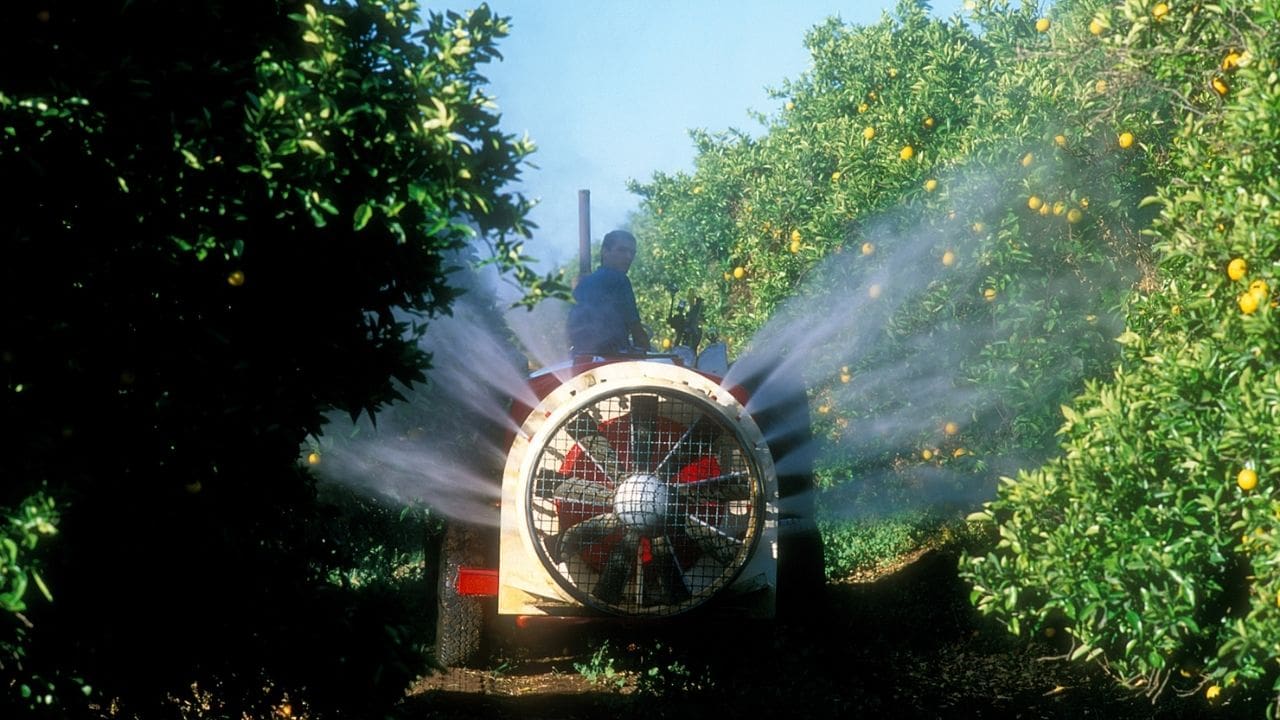

Avoid Chemical Pesticides
Utilize non-chemical pest control methods to safeguard the beneficial insects thriving in the targeted area and to maintain a balanced ecosystem. Chemical pesticides not only harm harmful pests but also pose a significant risk to beneficial insects and the overall environmental equilibrium.
Instead, opt for natural pest control alternatives such as introducing predator insects, deploying insectary plants to attract beneficial insects, and practicing cultural control methods like crop rotation and maintaining healthy soil. These methods are effective in managing pests while preserving the population of beneficial insects that act as natural pest controllers. Additionally, employing physical barriers like row covers and sticky traps can help prevent pest infestations without resorting to chemical pesticides.
Research has shown that the use of chemical pesticides can lead to the decline of beneficial insect populations, disrupt natural predator-prey relationships, and contribute to environmental pollution. Furthermore, many chemical pesticides have been linked to adverse health effects in humans and animals.
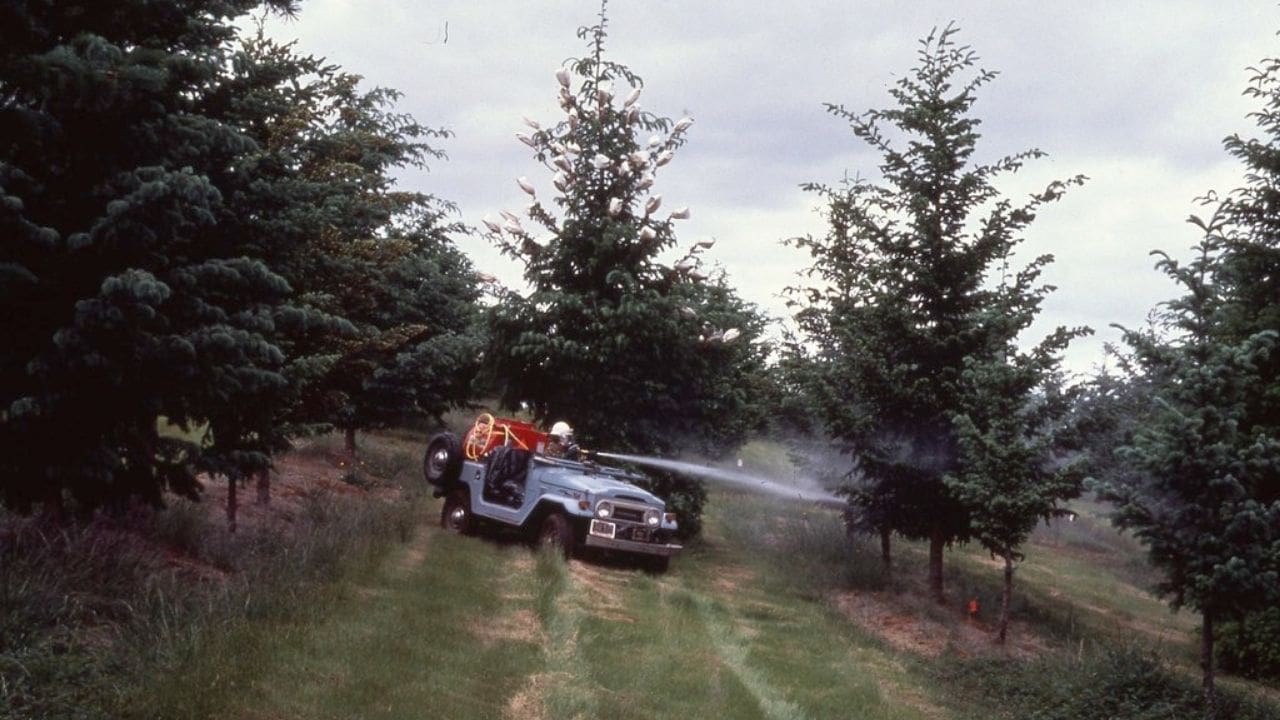

Monitor Pest Population & Tree Health
Monitoring the pest population and assessing tree health is essential to ensure the effectiveness of non-chemical pest control methods and the preservation of beneficial insect populations. By regularly monitoring pest populations and tree health, you can make informed decisions about pest management strategies and ensure the overall well-being of your trees.
Here are three key steps to effectively monitor pest populations and assess tree health:
- Regular Inspection: Conduct frequent visual inspections of the trees to identify any signs of pest infestation or disease. Look for symptoms such as leaf discoloration, wilting, abnormal growth, or the presence of pests like aphids, mites, or caterpillars.
- Utilize Traps and Monitoring Devices: Deploy traps and monitoring devices to capture and identify specific pests. This will help in tracking pest populations and understanding their dynamics within the tree environment.
- Implement Tree Health Assessments: Regularly assess the overall health of the trees by examining factors such as leaf color, canopy density, and growth patterns. Conduct soil tests to ensure the trees are receiving adequate nutrients and moisture.
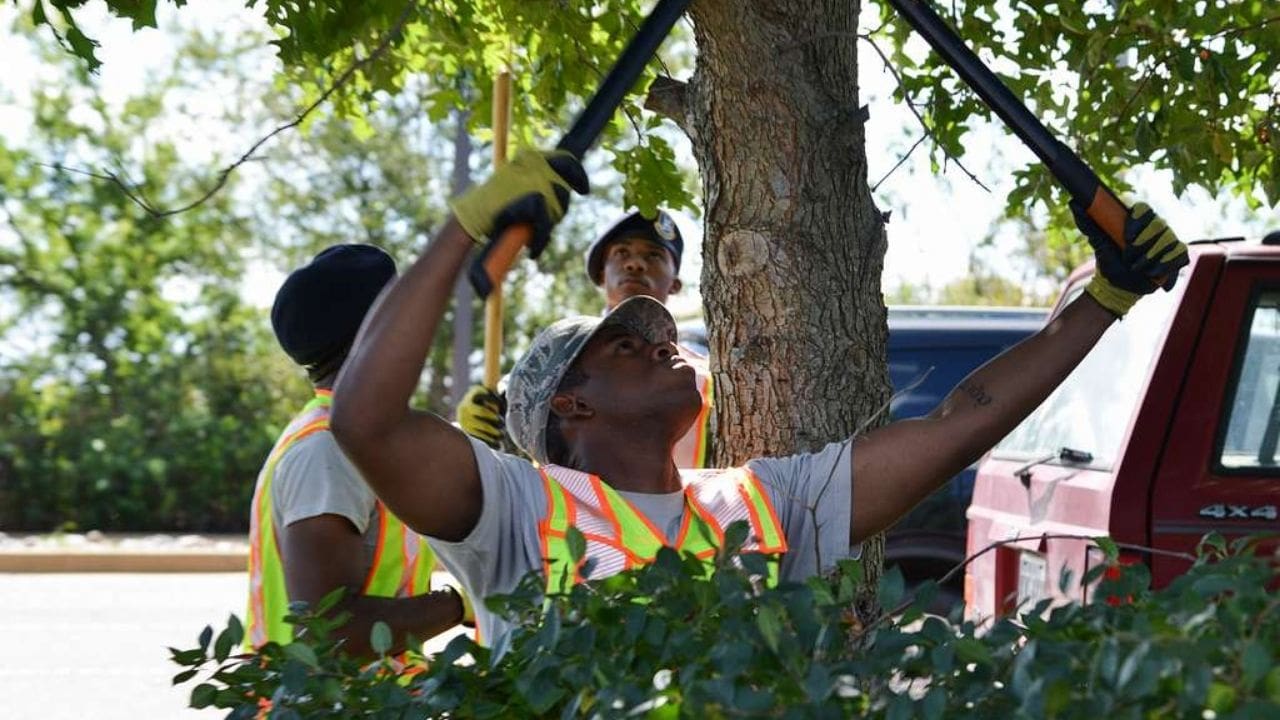

Frequently Asked Questions
Can Beneficial Insects Be Used for Pest Management in Both Urban and Rural Environments?
Yes, beneficial insects can be used for pest management in both urban and rural environments. They provide a natural and effective means of controlling pests without the use of harmful chemicals, promoting a safer environment for all.
How Do Temperature and Weather Conditions Affect the Effectiveness of Beneficial Insects in Controlling Tree Pests?
Weather conditions and temperature affect the effectiveness of beneficial insects in controlling tree pests. High temperatures may increase the activity of some beneficial insects, while heavy rainfall and extreme heat can reduce their effectiveness.
Are There Any Specific Types of Trees or Plants That Are More Receptive to Beneficial Insect Pest Management?
When it comes to beneficial insect pest management, certain trees such as apple, pear, and cherry are more receptive. These trees provide a conducive environment for beneficial insects to thrive, effectively controlling pests and promoting tree health.
What Are Some Common Mistakes to Avoid When Releasing Beneficial Insects for Pest Management?
When releasing beneficial insects for pest management, avoid releasing them at the wrong time or in unsuitable weather conditions. Ensure proper habitat and food sources are available, and avoid using chemical pesticides that may harm the beneficial insects.
Are There Any Potential Risks or Negative Effects of Using Beneficial Insects for Tree Pest Management in Certain Ecosystems?
Using beneficial insects for tree pest management can pose potential risks in specific ecosystems. Carefully consider the ecological balance and unintended consequences. Research thoroughly before releasing to avoid negative effects on local flora and fauna.


Hello there! I’m Logan Foster, the green-thumbed social media marketer behind the vibrant world of 1800TreeGuy.com. With roots firmly planted in arboriculture, I’ve branched out to help clients cultivate their dream outdoor spaces, one leafy canopy at a time. My knack for nurturing nature is more than a profession—it’s a way of life.
When I’m not talking trees and teaching the art of arboreal care, you can find me cheering on the Bulldogs—my alma mater’s pride and my forever team. My environmental studies there didn’t just teach me about ecosystems; they instilled a lifelong passion for protecting our planet.
Off the clock, I’m an adventurer at heart. Whether it’s trekking the Appalachian trails, pedaling down a mountain path, or crafting guides to share the wonders of the wild, I’m happiest with soil under my nails and the sun on my face. And let’s not forget Yoda, my pug sidekick. He may not have mastered the art of stillness, but his joyful grins are my daily dose of happiness.
I’m all about making connections—between people and the great outdoors and between my clients and their ideal landscape visions. My approach is personal; every tree has a story, and every garden reflects its caretaker.
If you want to green your scene or share in my outdoor escapades, give me a shout on Instagram or Facebook. Let’s cultivate a conversation and grow a community rooted in a love for the lush life.







